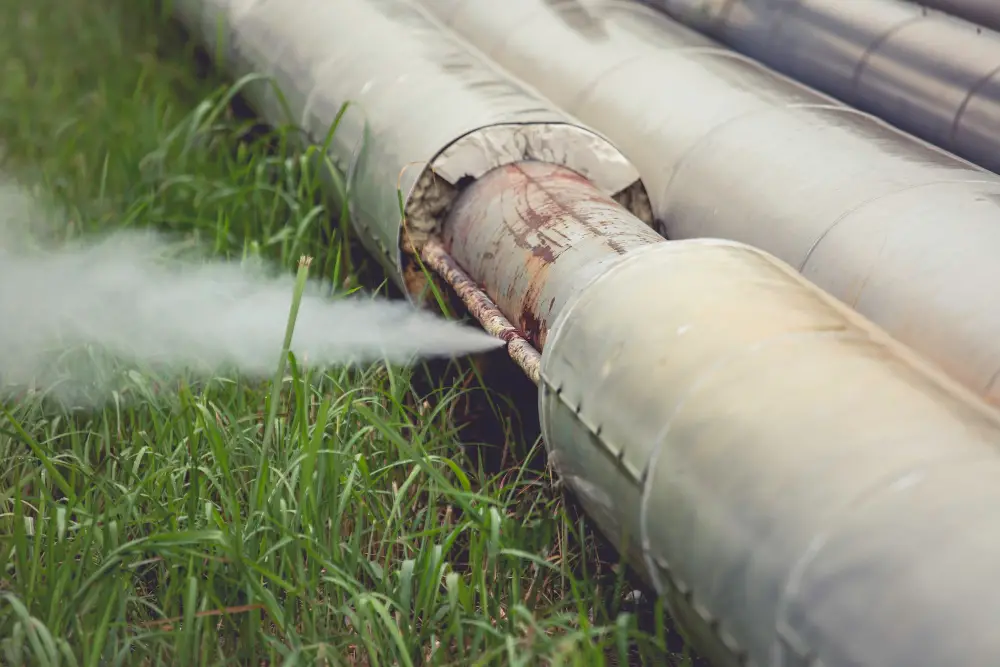Last updated on
Killing roots in pipes starts with recognizing you have a problem. Maybe you noticed slower drainage or heard gurgling sounds. These symptoms suggest roots may be infiltrating your plumbing system. It’s a common issue, especially in older neighborhoods with mature trees.
Table of Contents
Understanding the Root Cause

Why do roots invade pipes? They’re drawn to the moisture and nutrients in our sewage lines. Small cracks or joints in the pipes emit vapor, attracting root growth from nearby trees and shrubs. Once inside, they can grow rapidly, causing blockages and potentially severe damage.
Early Detection Methods
Detecting Killing roots in pipes early can save a lot of hassle and money. Professionals might use video inspection tools to get a clear view inside the pipes. This technology allows them to identify exactly where the roots are and how extensive the invasion is.
Chemical Warfare: Herbicides

Once the problem is identified, it’s time for action. One common method is the use of herbicides. These chemicals are designed to kill the roots without harming the plant above ground. They’re introduced into the pipes where they dissolve the roots upon contact.
Mechanical Removal: Cutting and Hydro-jetting
In some cases, chemical solutions may not be sufficient. That’s when mechanical methods like cutting with specialized tools or hydro-jetting come into play. Hydro-jetting involves blasting high-pressure water through the pipes, effectively clearing out roots and debris.
Preventive Measures: Shielding Your Pipes
Prevention is key in avoiding future root intrusions. Some homeowners opt for root barriers, which are designed to redirect root growth away from pipes. Regular maintenance, including occasional inspections and cleaning, also plays a crucial role.
The Role of Professionals
Handling this issue can be complex, requiring precise tools and knowledge. This is where professionals step in. They have the expertise to choose the appropriate method and ensure the job is done safely and effectively.
First-hand Experience: A Homeowner’s Tale
John, a homeowner, shared his experience with root invasion. “I started noticing water backing up in my basement,” he explained. “Turns out, tree roots had almost completely blocked one of my main sewer lines.” After calling in experts, they used a combination of hydro-jetting and herbicidal treatment to clear the blockage and prevent future growth.
Environmental Considerations
While tackling this problem, it’s important to consider the environmental impact. Professionals ensure that the herbicides used are environmentally safe and targeted to avoid widespread ecological damage. This careful approach helps maintain the health of the surrounding soil and vegetation.
Long-term Solutions
For a long-lasting solution, some experts recommend replacing sections of pipe with root-resistant materials. These newer materials are less prone to cracks and leaks, offering a more durable defense against root intrusion.
The Takeaway: Staying Root-free
Keeping your pipes free from roots requires vigilance and professional intervention. By understanding the causes, detecting problems early, and employing the right solutions, homeowners can protect their property from significant damage. Regular maintenance and a proactive approach will go a long way in ensuring your plumbing remains efficient and robust.
By taking these steps, you can maintain a healthy plumbing system and avoid the costly and disruptive consequences of root invasion.




